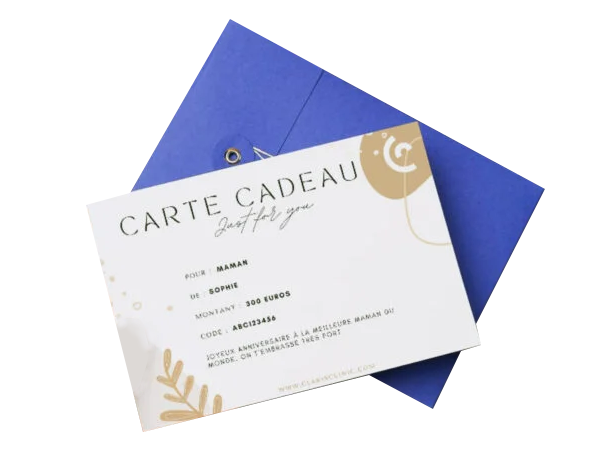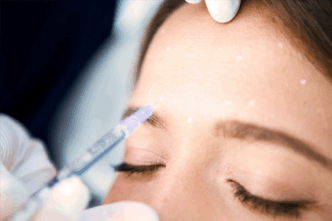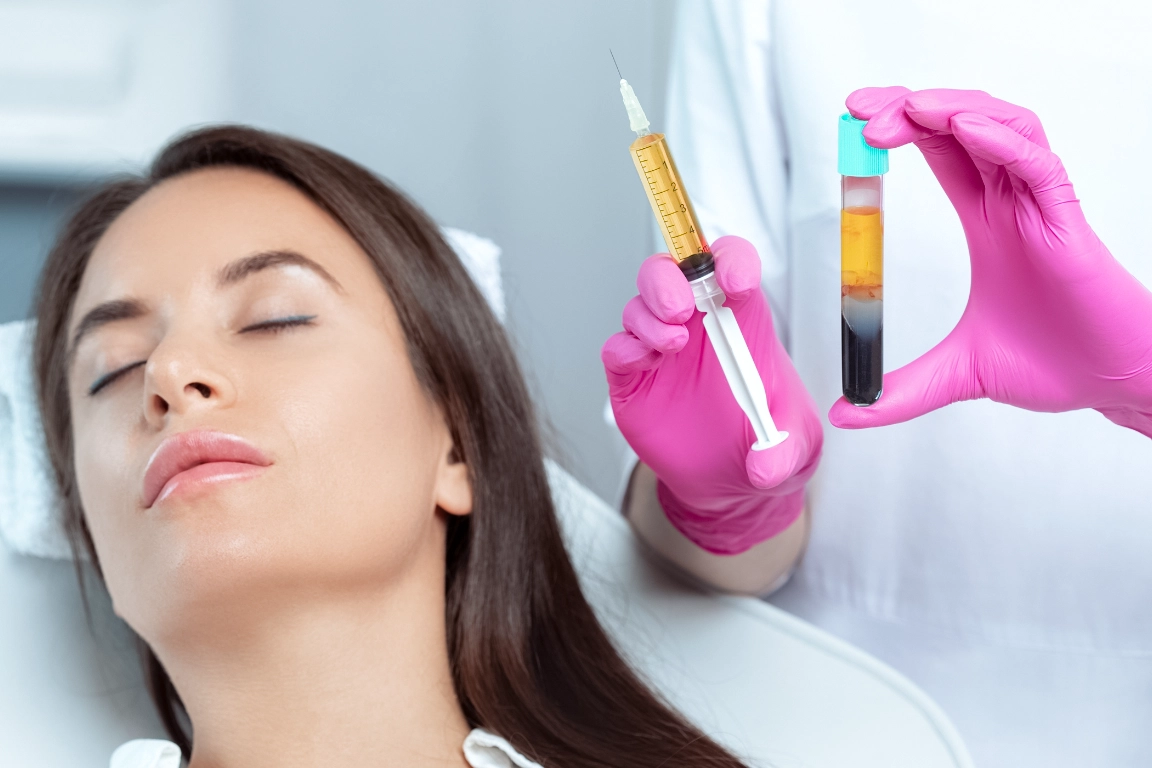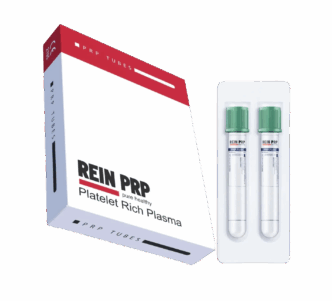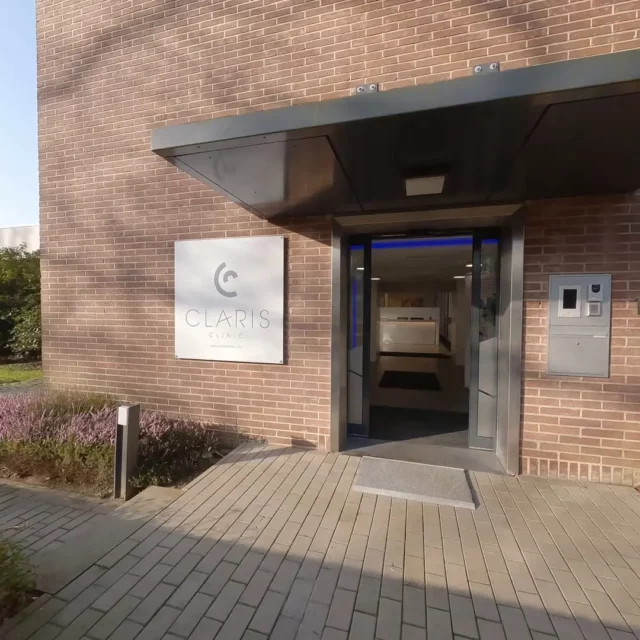What is PRP face?
PRP face, or platelet-rich plasma treatment, is an aesthetic medicine technique that uses the patient’s own plasma to stimulate cell regeneration. Also known as “vampire lift”, this 100% natural treatment involves injecting a platelet concentrate into the skin of the face, collected by taking blood samples.
This concentrate is rich in growth factors, which boost collagen and elastin production, improving skin texture, firmness and radiance.
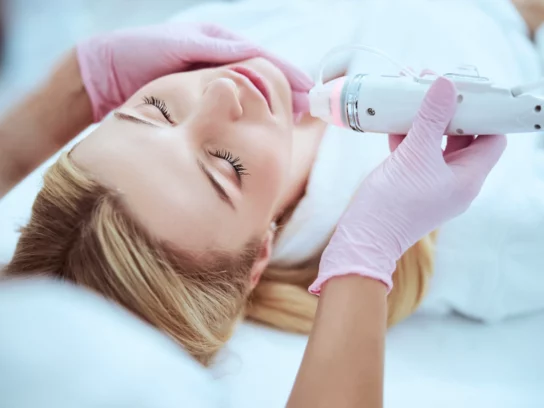
How does PRP facial treatment work?
The treatment is based on an injection of platelet-rich plasma, obtained from a simple blood sample. After the blood has been centrifuged, the platelet-containing plasma is reinjected into the treatment area by means of small PRP injections.
This process promotes cell regeneration by activating the skin’s natural repair mechanisms. This treatment is often compared to mesotherapy, but uses only components derived from the patient’s own body.
The benefits of PRP facial treatment
The benefits of PRP face are numerous:
- Improves skin elasticity and firmness
- Reduces acne scars and fine lines
- Brighter complexion
- Natural, foreign-body-free results
- Very low risk of rejection or allergy
These benefits are visible as early as a few weeks after the PRP session, with a gradual effect over several months.
Stages of PRP facial treatment
A PRP session consists of several stages:
- Patient’s blood sample
- Centrifugation to isolate platelet-rich plasma
- Application of anaesthetic cream
- PRP injections in targeted areas
- Post-processing tips
The treatment takes between 30 and 60 minutes, depending on the surface to be treated.
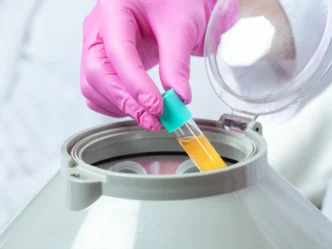
Indications for PRP facial treatment
PRP face is recommended for :
- Reduce scars (especially acne scars)
- Firm sagging skin
- Even skin tone
- Treat fine lines (crow’s feet, nasolabial folds, etc.)
- Restore a natural lift effect without surgery
This treatment is designed for both men and women, from the very first signs of aging.
Results expected after PRP facial treatment
The results of PRP facial treatment are progressive. As early as the second week, skin tone and texture improve. After 3 to 4 weeks, cell regeneration intensifies, with a visible effect on firmness and fine lines.
For optimum results, several sessions are recommended.
Potential side effects of PRP facial treatment
As PRP treatment is autologous (derived from the patient’s own blood), side effects are rare. However, the following may be observed:
- Redness or slight bruising
- Temporary swelling
- Sensitivity on treated areas
These effects generally disappear within 24 to 48 hours.
Contraindications of PRP facial treatment
PRP face is not recommended in cases of :
- Autoimmune diseases
- Coagulation disorders
- Pregnancy or breastfeeding
- Active skin infection
Prior consultation with a professional is essential before any treatment.
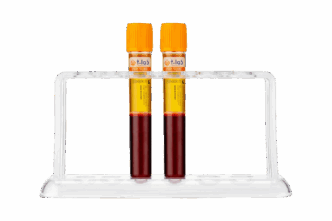
Post-treatment considerations for PRP face
After a PRP session, it is recommended to:
- Avoid make-up for 12 to 24 hours
- Not to expose the skin to the sun
- Avoid intense sports for 48 hours
- Apply a soothing cream
Adherence to these instructions promotes better recovery and maximizes the effects of the treatment.

